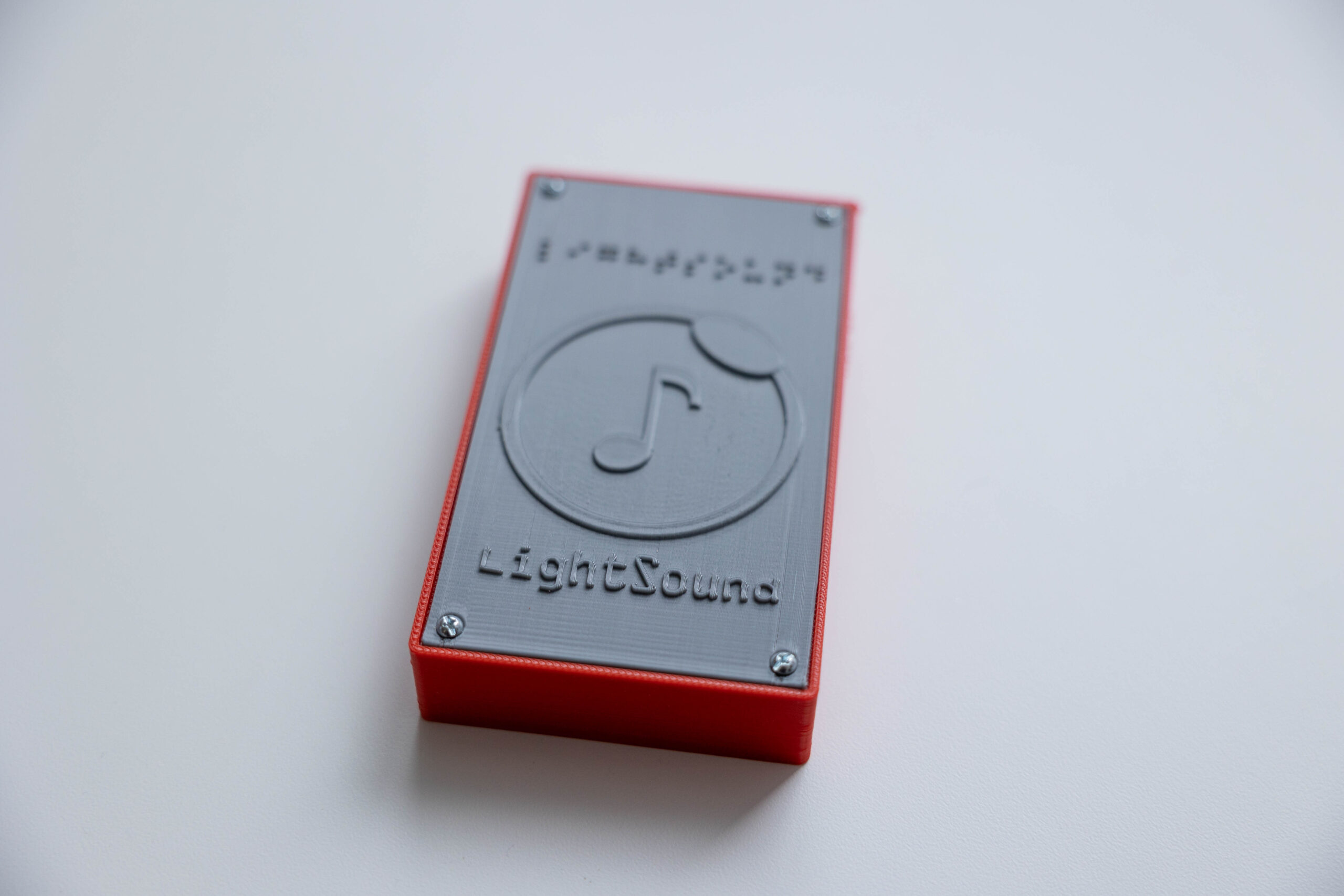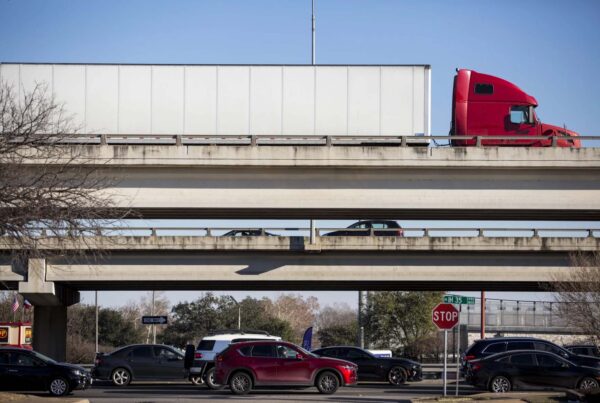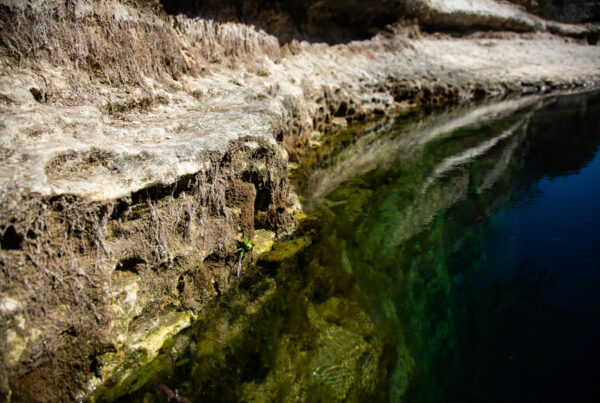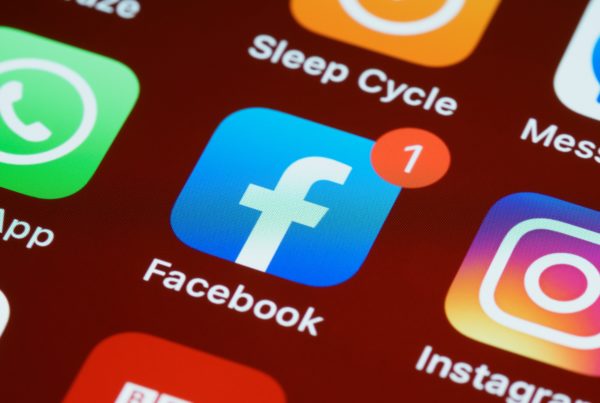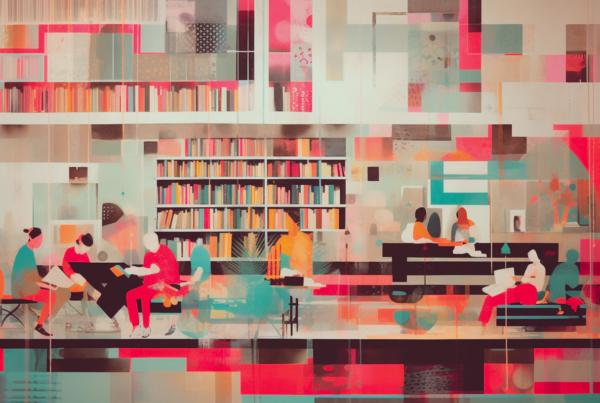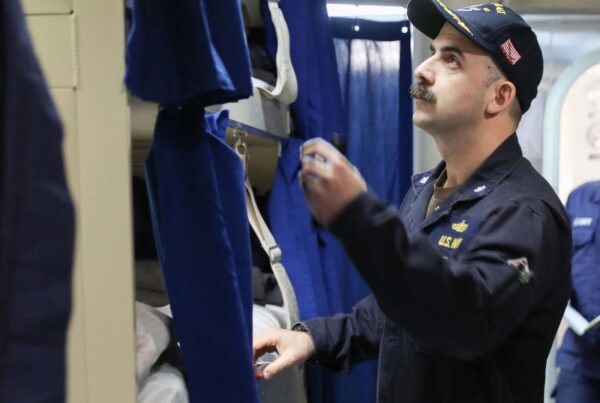When the moon passes between the sun and Earth on April 8, it’s what Texans and others in the path of the total eclipse will see – the sky going from bright to dark and back again – that makes the moment special. But a group of astronomers at Harvard wants everyone to experience these rare moments, including observers who are blind or have limited vision.
Harvard astronomer Allyson Bieryla directs the LightSound Project, which runs workshops where volunteers help build small boxes that turn the sight of an eclipse into sound, and distributes the devices to those who want them.
“It’s essentially a solar eclipse sonification tool that we designed to aid the blind and low-vision community. Sonification, simply put, is taking data and turning it into sound,” Bieryla said. “So in this case, we’re taking light and converting it into sound during this solar eclipse.”
In 2017, the Harvard scientists built three sonification devices for an eclipse event. For the upcoming April eclipse, the group wants to make 750 available.
» MORE: Texas has front-row seats to the world’s next total solar eclipse
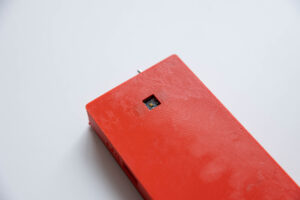
The sound output of LightSound devices get mapped to instruments based on the brightness of the light it sees.
Deborah Cannon / Texas Standard
LightSound’s devices come in a handheld, 3D-printed case. When a user points the device toward a light source, like the sun, the light it sees is converted to sound.
“The sound output gets mapped to instruments based on the brightness of the light. And so the brightest light, bright like sunlight, essentially would be mapped to kind of like a flute sound,” Bieryla said. “The midrange goes to a clarinet kind of sound, and then during totality or the darker times during eclipse, it’s kind of a low clicking sound.”
To build the number of devices they want to distribute, the LightSound Project has enlisted volunteers around the country.
“A huge part of this is actually making these devices,” Bieryla said. “And so we really heavily rely on the community and people volunteering to help make these, because we’re a really small group.”
» GET MORE NEWS FROM AROUND THE STATE: Sign up for Texas Standard’s weekly newsletters
The group has run workshops where participants learn to solder the device components together and has worked with the UT-Austin Astronomy Department and UT-San Antonio to host Texas-based events.
“We’ve been kind of hitting Texas hard because there’s a lot of excitement around the eclipse,” Bieryla said. “The April total eclipse is going through San Antonio – lucky them – and Austin and Dallas and some of the bigger cities.”.
LightSound is donating devices to organizations hosting eclipse watch events, including libraries, museums and schools where blind students attend. Individuals can also request a LightSound device, which the group will send, free of charge.


